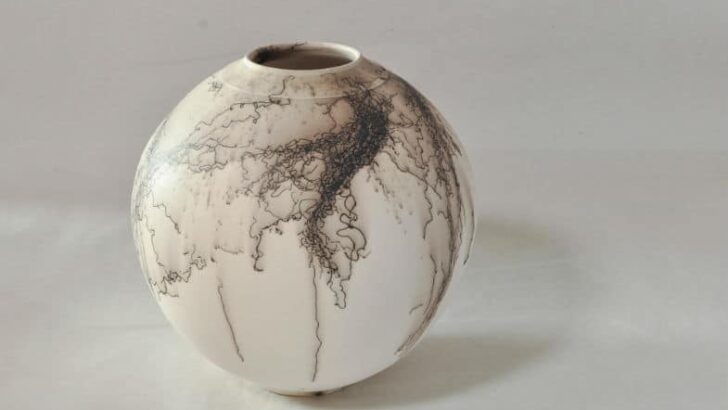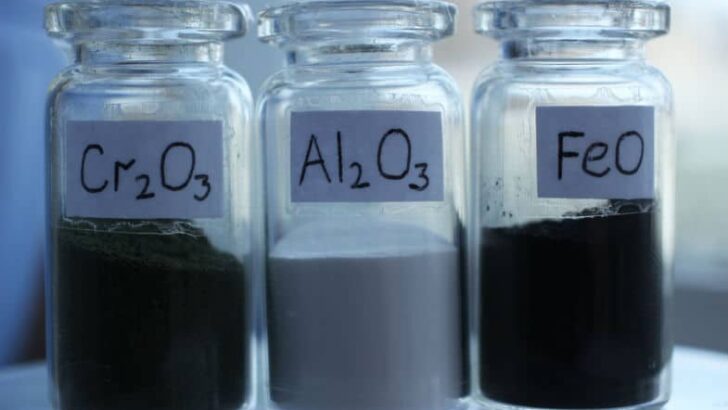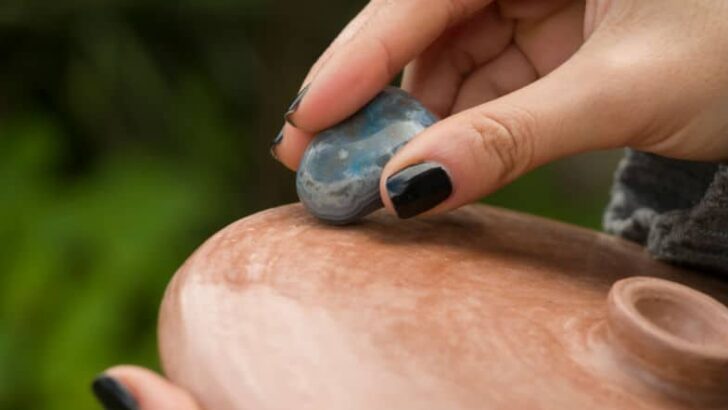Your cart is currently empty!
Lesley
-

How to Attach a Burner Torch to a Propane Tank for Raku
There is quite a bit of information online about how to make raku pottery. However, I recently built my first raku kiln. And in the process of planning my first raku firing, I realized that there were practical things I didn’t know. For example, I’d never used a propane torch before. So, I found myself…
-

Can You Leave a Kiln Unattended – Is it a Good Idea?
Biscuit and glaze firing both take a long time. Each firing takes around 8-10 hours and on top of that the cool down will take the same amount of time again. So, do you need to be there for the whole time that the kiln is firing, or can you leave a kiln unattended? Some…
-

Is Pottery Glaze Toxic? Facts Versus Myths Explained
Learning to use glaze is an exciting and creative time. Glaze can create an unending number of effects and finishes. However, you may have come across alarming information that glaze can be toxic. You may be handling glaze in its powdered form or a liquid state. Either way, it’s important to ask the question, is…
-

How to Clean Up Clay Dust – Keep Your Pottery Space Safe
Pottery clay starts to dry out as soon as it comes out of its plastic bag. As it dries, clay particles form clay dust. It is unavoidable that if you use clay you will be exposed to some amount of clay dust. As potters have become increasingly aware of environmental hazards, they have wanted to…
-

Dry Hands from Pottery Clay – 10 Tips for Skin and Nails
My hands are in and out of clay all day, and if I don’t make an effort to look after them, they can become very dry. In this article, we’ll look at some of the things you can do to avoid getting dry hands from pottery clay. Disclaimer – Before we go on, I wanted…
-

The Best Clay for Raku Pottery – Choosing a Raku Clay
When I started looking into raku firing, I was keen to avoid my pottery cracking as it cooled. I knew that it was common for potters to lose their work as it was taken from the raku kiln. So, I started to look into what might be the best clay for raku pottery, and this…
-

How to Clean Raku Pottery – Let Your Raku Shine
There are two occasions when you might want to clean raku pottery. If you have made or bought a piece of raku you might want to know how to keep it dust-free. Or, you may want to know how to clean off the carbon residue left from the firing process. This article is mainly about…





